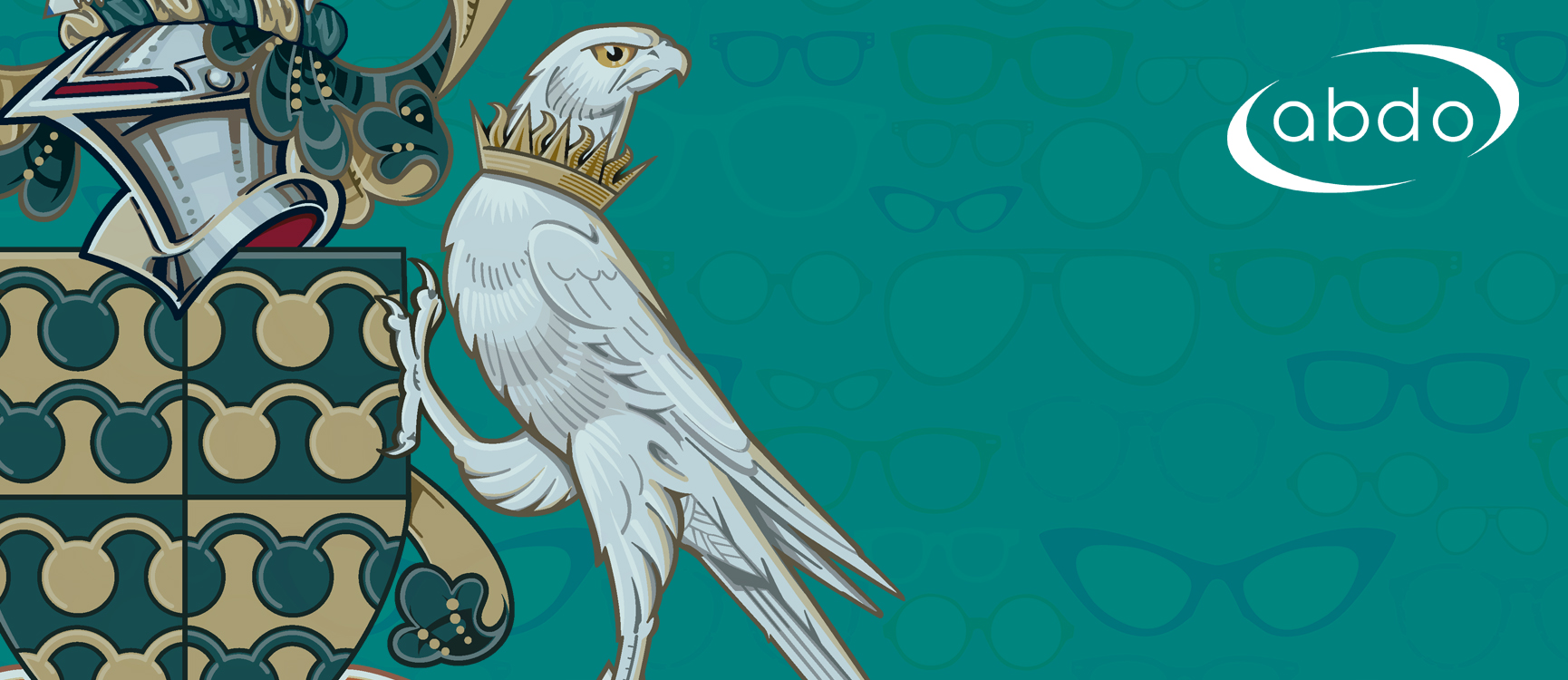
4.13.5
4.13.5 If a contact lens or ophthalmic device is to be reused it needs to be decontaminated and made ready for its next use. The essential steps are:
- The item must not be allowed to dry. Immediate decontamination is ideal, but if this is not possible, the item should be kept in a container of water for irrigation BP or sterile normal saline until it can be decontaminated.
- The item must be thoroughly cleaned (including by rubbing) to remove cellular debris and adherent protein.
- The item must then be decontaminated using sodium hypochlorite. Sodium hypochlorite is extremely toxic to the eye and it is vital that it is thoroughly rinsed off before re-use.
- The item can then be reused, unless other steps are necessary (subsequent to decontamination), to enable it to be reused
- The College of Optometrists’ infection control guidance is open source and can be accessed here.
Cleaning Agents.
| Agent | Preparation | Examples of use |
| Liquid soap | as supplied | handwash |
| Chlorhexidine gluconate 4% skin cleanser | 500 ml bottles with pump dispenser eg Hibiscrub | antiseptic handwash |
| Chlorhexidine 5% in 70% isopropyl alcohol 202 | 500 ml bottles with pump dispenser eg Hibisol | antiseptic hand disinfectant for use before aseptic procedures or after handling contaminated materials |
| Alcohol-based hand sanitizer | as supplied, usually in bottles with pump dispenser eg Purell (contains 63% ethyl alcohol) | routine handrub |
| Detergent | general purpose detergent or detergent impregnated wipes eg Cutan multisurface wipes | cleaning of hard surfaces |
| Isopropyl alcohol 70% | Isopropyl alcohol of a concentration of 70% has been shown to be effective against SARS-CoV-2, MRSA and staphylococcus infection. Alternative wipes may be used if they carry the CE or UKCA mark, and are used according to the manufacturer’s instructions. For example, impregnated swabs eg mediswabs or wipes eg mediwipes | disinfection of hard surfaces, chin rests etc. (not suitable for use with medical devices that come into contact with the surface of the eye) |
| Hypochlorite solution 0.1% (1,000 ppm available chlorine) |
available from pharmacies eg Milton or own brand sterilising solution (dilute to concentration required)
under normal usage, these agents are disinfectants, and not sterilants |
general disinfection (ensure that items are thoroughly rinsed in sterile saline or distilled water after using hypochlorite) |
| Hypochlorite solution 1% (10,000 ppm available chlorine) |
disinfection of body fluid spills and decontamination of trial contact lenses, diagnostic contact lenses, tonometer heads and other devices that come into contact with the surface of the eye (ensure that items are thoroughly rinsed in sterile saline or distilled water after using hypochlorite) |
